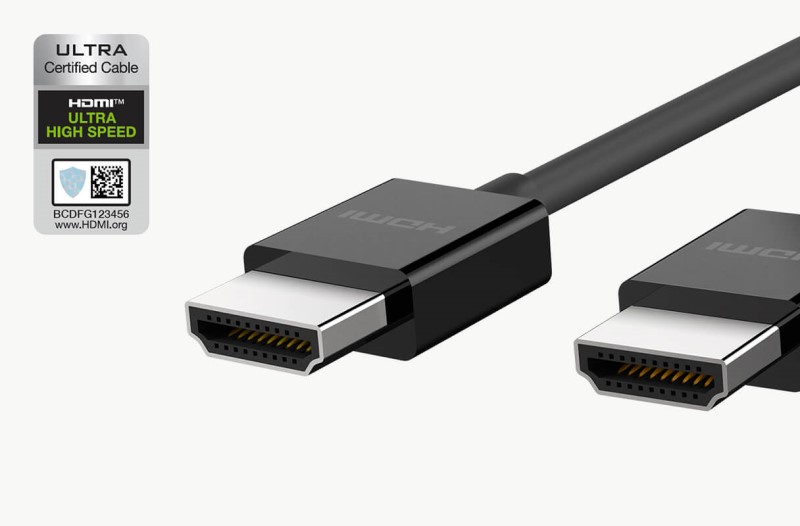Why Can’t I Get A Picture with My New TV?
New TV day is here! You’ve done your shopping, you’ve done your research, and you can’t wait to see your new TV in all its glory! But there’s a problem? You plug it in and all you get with your TV is a blank screen. You haven’t changed anything else, why can’t you get a picture with your new TV? Let’s discuss!
HDMI Handshake
Before we can answer, let’s review the HDMI handshake. When you connect devices via HDMI, it goes through a process we call the HDMI handshake. This is when every device in the signal chain communicates with every other device to figure out what they can do. The reason behind this is pretty simple and conceptually convenient. Your devices talk to each other so that they know what is the best audio and video your system can handle and give you exactly that. No need for you to dig through settings and know each of your device’s capabilities. They figure it out for you and give you the best.
That works in concept much better than in actuality.
Your Old TV Wasn’t As Capable
The key here is that you upgraded your TV. Your old TV wasn’t as capable so it limited the video resolution that was being sent through your HDMI cable. Your new TV can accept a much higher resolution. That may be why you upgraded or it is simply a side effect of needing a new TV. Regardless, when your HDMI devices negotiate the handshake, your TV is now telling your sources that it can handle much higher resolutions than your old TV.

Your HDMI Cable is the Problem
You might be able to see where this is going. Now that you’ve upgraded your TV, your system is trying to push more data through your HDMI cables for that higher video resolution. There are a lot of reasons why your HDMI cable isn’t up to the task (most likely because of length), but it needs to be upgraded. This will allow through all the data that is required for the higher video resolution.
Is There Another Solution
There is another possible solution that can fix, in the short term, your blank picture with your new TV. You can sometimes force your source (whatever is sending the picture, usually a player, cable box, or game console) into a lower resolution. You can look to reduce the chroma subsampling from 4.4.4 to 4.2.0 (we talk a little about that here), reduce the framerate from 120Hz to 60Hz (on game consoles), or even reduce from 4k resolution back down to HD (1080p).
This, of course, should be a temporary solution while you wait for your new HDMI cables to arrive. If you want help shopping, we’ve got a buying guide here to help you out.


